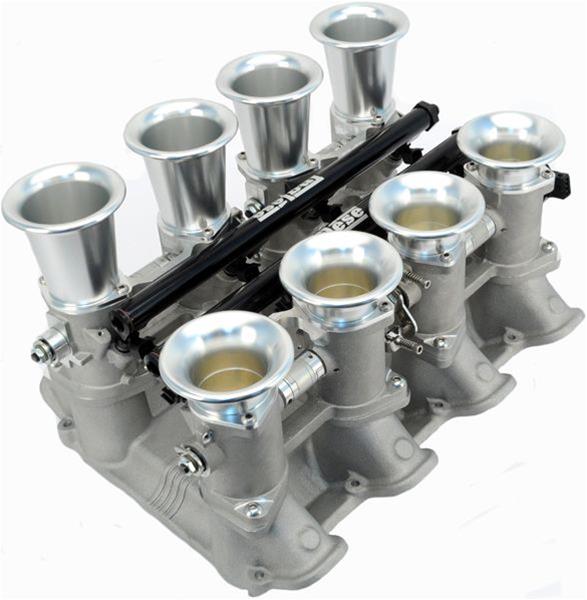
Do Individual Throttle Bodies Add Horsepower?
When you step on the gas pedal in your car, the air gets sucked in through the air filter, past the throttle body, and into the intake manifold, which is basically a chamber. After that, the air goes into each cylinder to enter the combustion cycle. However, with individual throttle bodies, there are separate throttle bodies that let air into each cylinder individually without the need for an intake manifold. They look cool and sound cooler, but to they actually increase your engine’s horsepower?
What are individual throttle bodies?
When any car enthusiast thinks of individual throttle bodies, a few specific production models might come to mind. For example, the original BMW M3, the Nissan Skyline GT-R, and the new Porsche 911 Speedster all have individual throttle bodies, but exactly are they? With Individual throttle bodies or ITBs, each cylinder gets its own throttle body, which greatly increases the car’s throttle response.
Individual throttle bodies are also popular in the aftermarket as many race cars and streetcars run them. Aside from a snappier throttle response, one of the main benefits of running ITBs is the additional horsepower that can be gained with them as more air is able to enter the engine at a quicker rate due to the air inlets being placed on each cylinder. On the other hand, with a regular intake manifold and single throttle body setup, the air inlet is placed farther away from the cylinders, which in turn takes more time for the air to get to cylinders, resulting in slower throttle response and less power.
What kind of power do ITBs make?
By now, you might be wondering just how much horsepower and torque you can expect from switching a car to an ITB setup. And the answer is not very simple as it greatly depends on the engine’s size, design, and tuning. For example, there are bigger block American cars that can run an ITB setup and make close to 100 horsepower while smaller four-cylinder engines could make closer to 30 to 50 horsepower at the wheels.
As with any engine modification, though, it all depends on what kind of tuning is done to complement additional air coming in. A standalone ECU setup is typically recommended, as is professional dyno tuning, in order to get an ITB setup running properly. Also, additional modifications can help, just like those found in this Mazda MX-5, which makes 224 horsepower and 174 lb-ft of torque at the wheels, thanks to a set of ITBs, more-aggressive camshaft, a sport exhaust manifold, and a proper tune.
It is worth it to switch to an ITB setup?
While the glorious induction noise and the thought of more power for your car might sound great, just keep in mind that most individual throttle body setups cost around $2,000 to $5,000 depending on the car application. Add to that the cost of tuning, as well as any other modifications to get it running perfectly, and you could be looking at an additional $1,000 to $2,000, all to gain around 50 horsepower, on average.
For that kind of money, you easily add a turbo or supercharger and make more power. So technically, unless you’re running a race car that needs to stay naturally aspirated, we would say that it’s not worth switching to individual throttle bodies. But they sure do sound cool!



